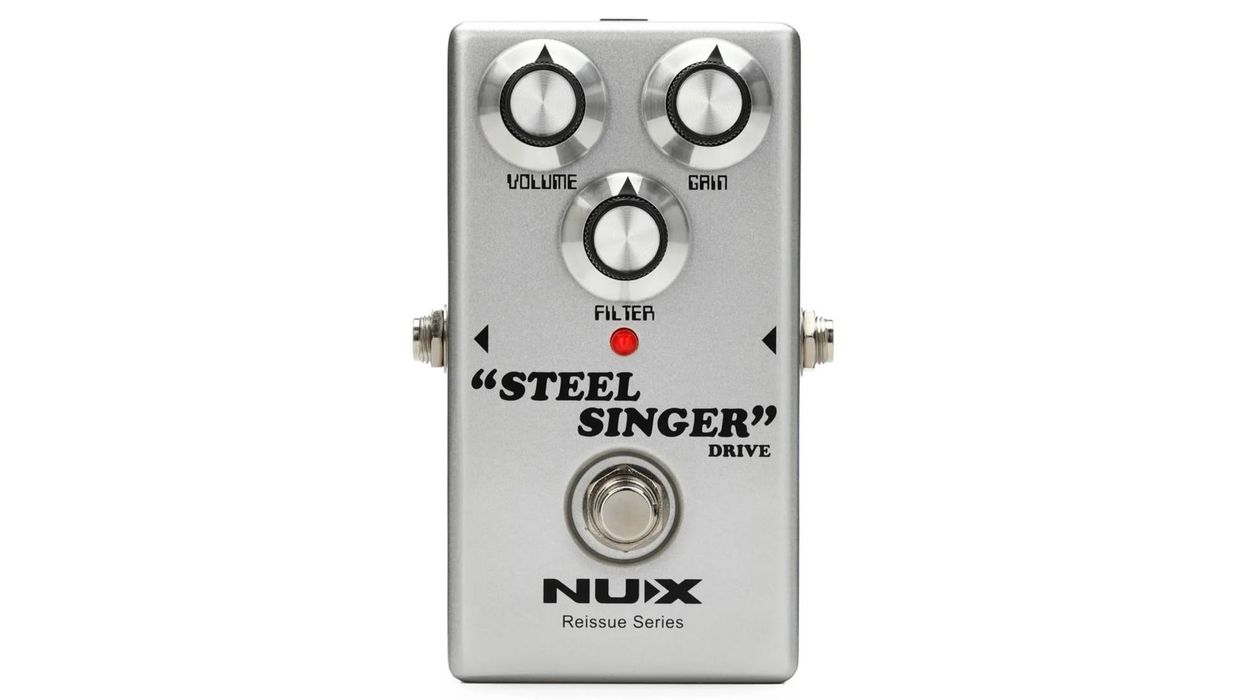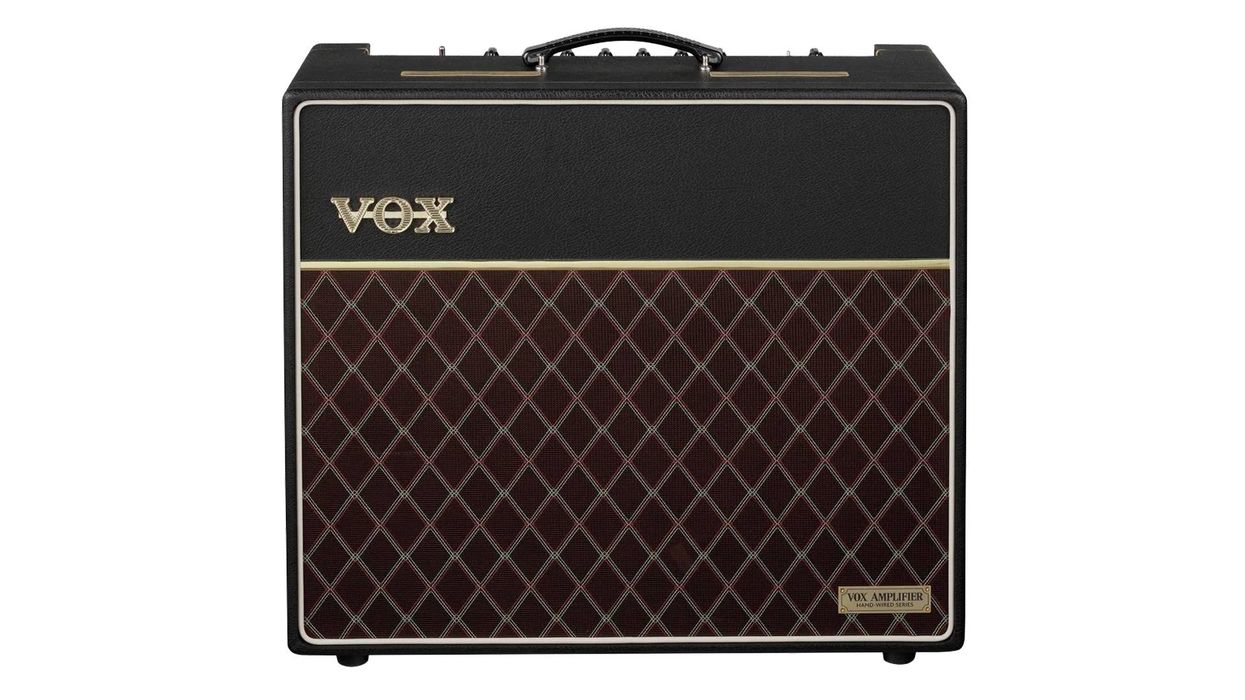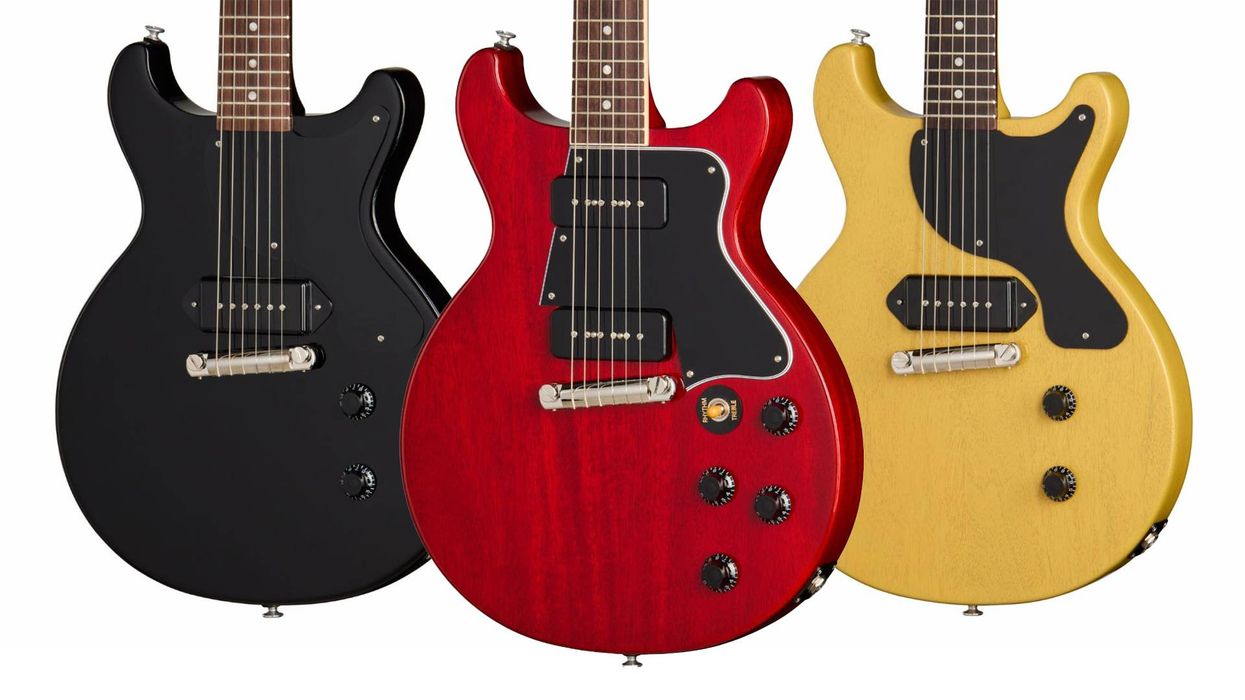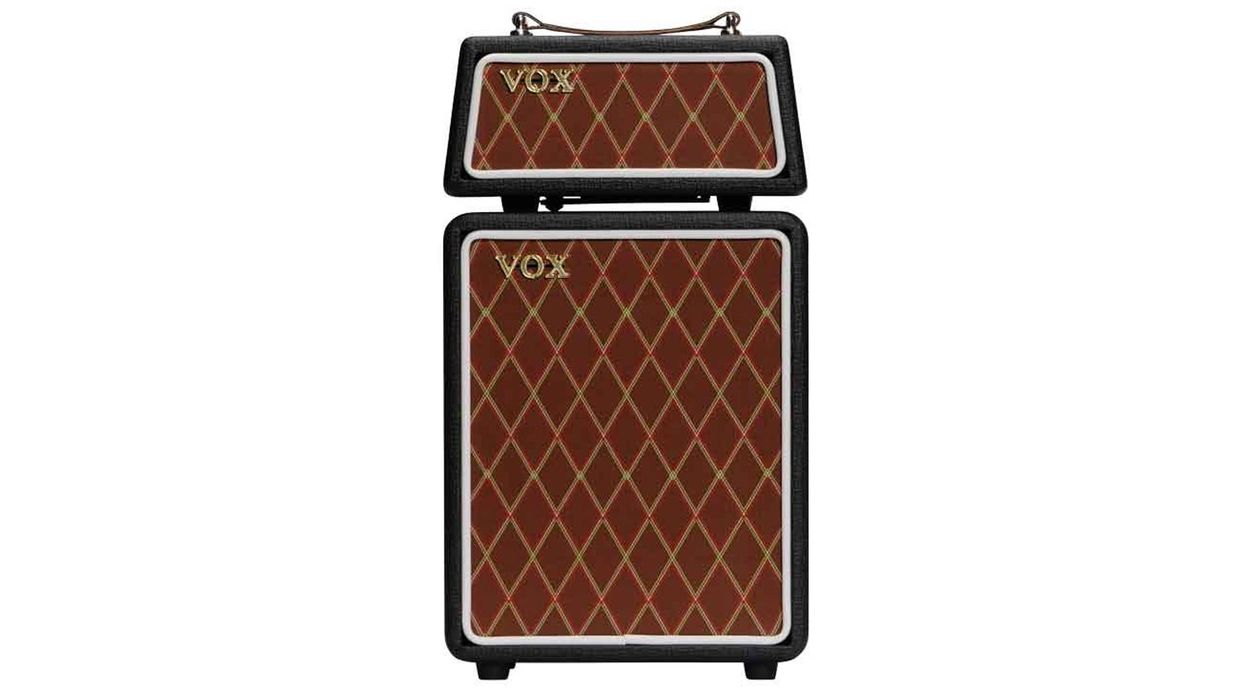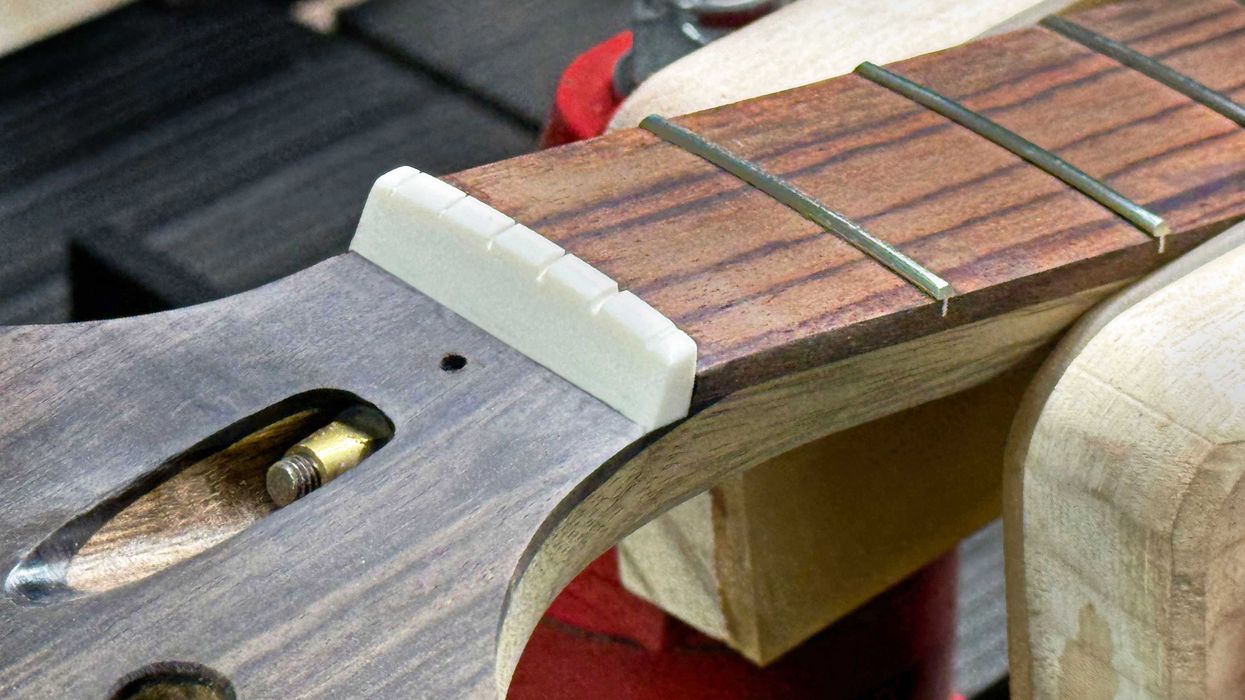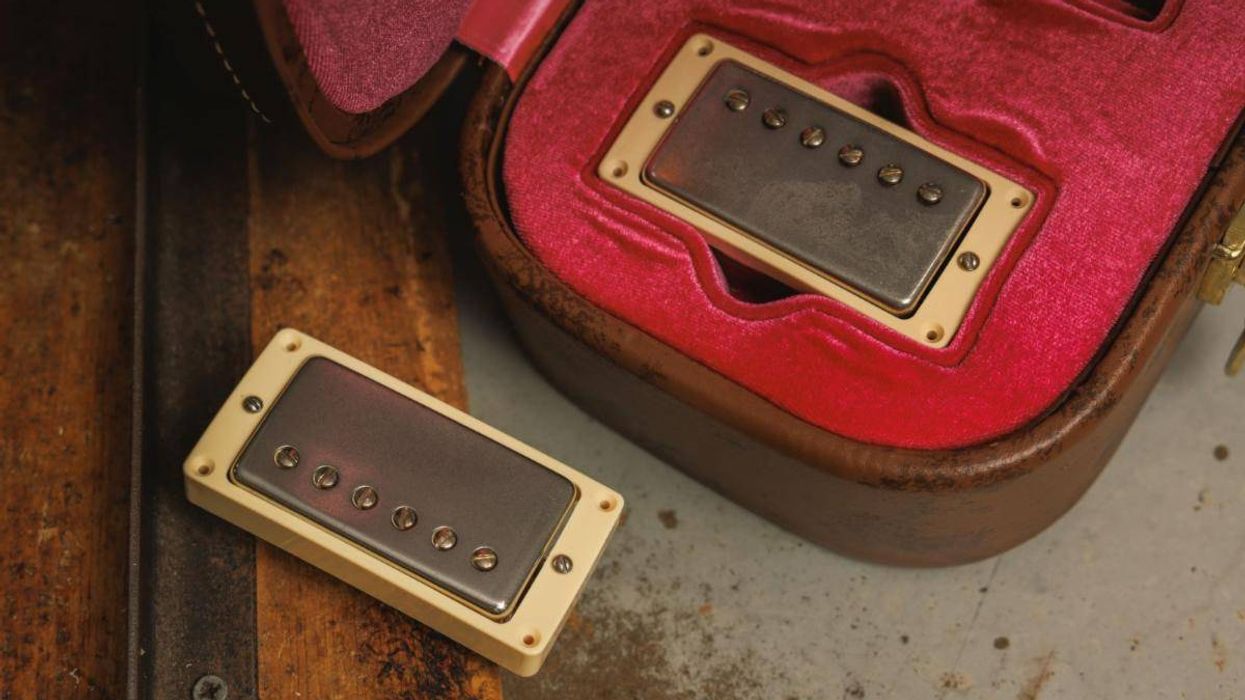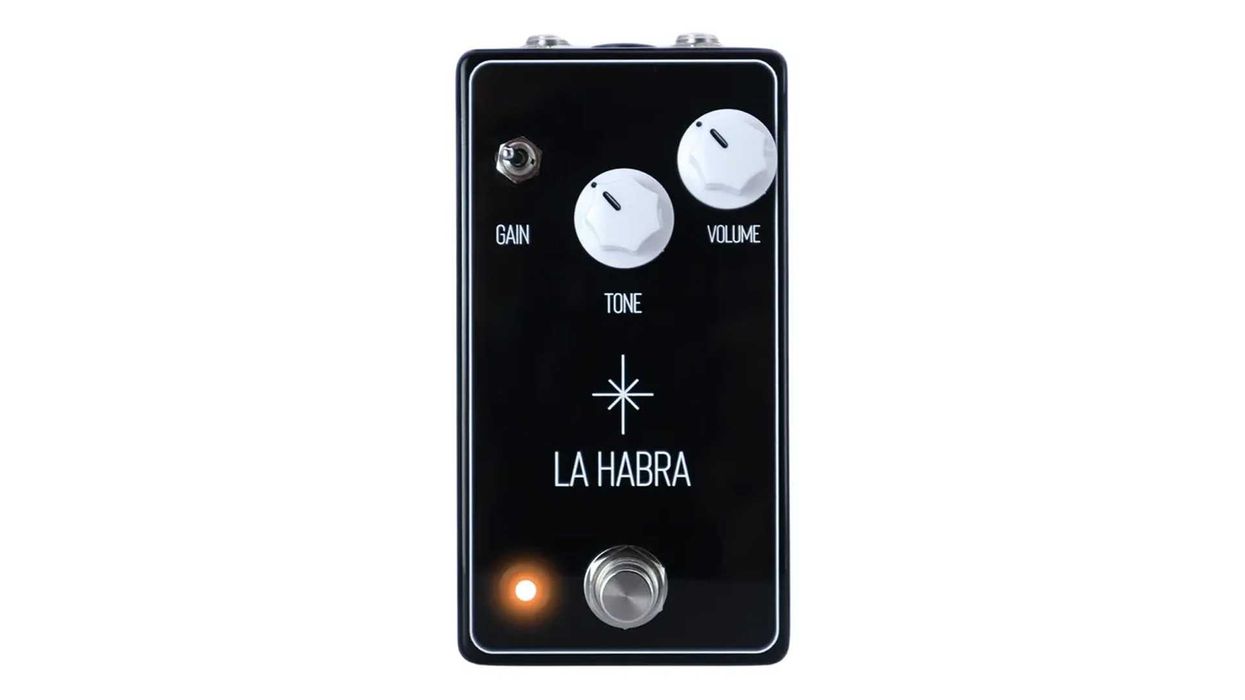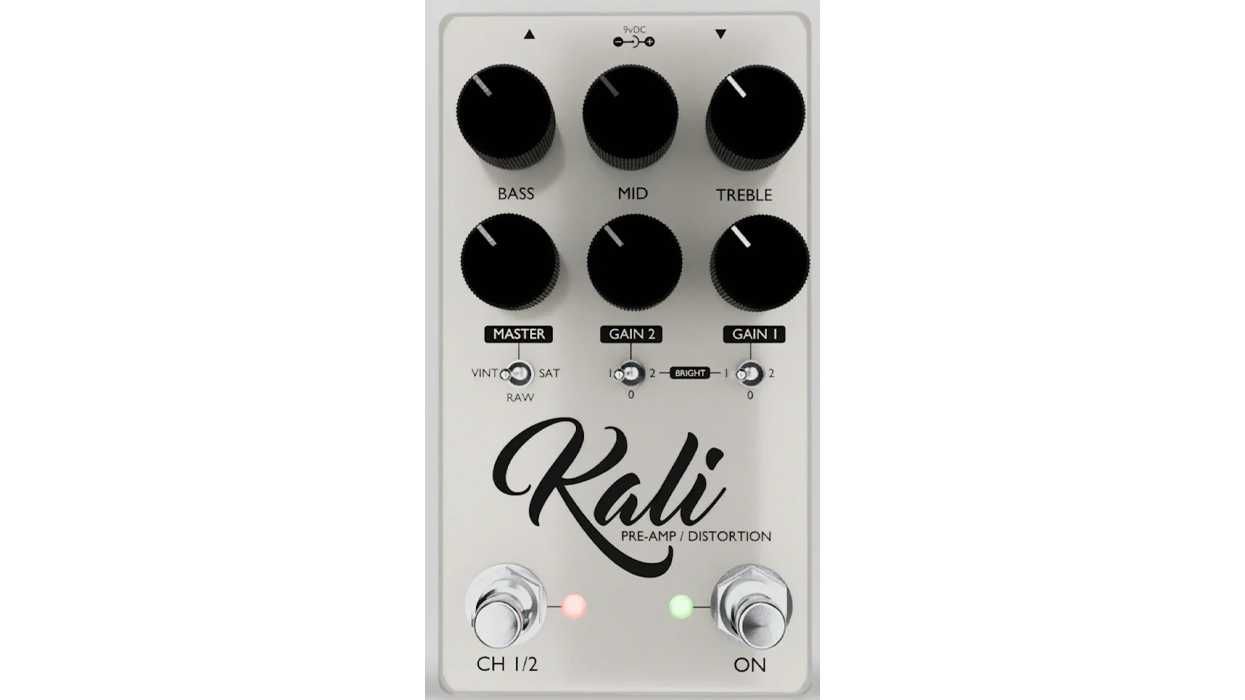A highly controllable, mid-priced rotary speaker simulator inspired by the Beach Boys that nails the essential character of a Leslie—in stereo.
There’s nothing cooler than using a Leslie cabinet in the studio, and few things worse than having to lug one to gigs. The famed Leslie 981, for example, weighs nearly 150 pounds. Enter the rotary speaker pedal—an easy-on-the-back alternative for players who are looking to conjure Leslie-derived guitar sounds employed on classic records by Hendrix, Pink Floyd, Led Zeppelin, the Beatles, and others.
California Roller
There are a lot of good options for on-the-floor rotary pedals between $99 and $549. At $299, Keeley Electronics’ new I Get Around Rotary Simulator falls in the middle of the pack on pricing but has an array of functions that make it competitive with costlier examples. The I Get Around is part of a collaboration between Keeley, JHS Pedals, and Benson amps, dedicated to creating five limited-edition effects in tribute to the Beach Boys. I can’t recall many Beach Boys tracks with Leslie-style guitar, but Brian Wilson did use the effect on brother Carl’s guitar on 1965’s “You’re So Good to Me,” and a year later on the song “Pet Sounds.”
At 5" x 4" x 2", the I Get Around is a little larger than the average stompbox, but that’s necessary to accommodate the three big dials on top (blend, drive, and speed) as well as the on/off (which also works to select true bypass or buffered mode) and slow-fast switches, plus the stereo inputs and outputs. Using two amps in stereo makes the flutter and warble of the rotary sound more pronounced and immersive. It’s truly psychedelic. There’s also a toggle that adds a 4.5 dB mid-boost, which fattens and tightens the tone enough for me to simply want to leave that boost engaged all the time.
How I Got Around
I ran the I Get Around—powered by a 9V barrel connector at 130 mA— through a pair of Carr amps, playing a Gibson Les Paul Standard and a PRS SE Silver Sky, and blended the pedal with overdrive, fuzz, and delay as I experimented. I love the extra-large size of the speed control, which let me adjust the rate of simulated rotation at a whim with my shoe. The speed’s range is .06 Hz to .6 Hz, with 1 Hz being one revolution per second, and all the speed settings sound great and conjure the vibes you’d want from a Leslie, from velvet-painting dreamscapes to edgy, breathless Robert Ward- and David Gilmour-style psychedelic blues. Add a little delay and the sound becomes spongier and stranger, but too much, of course, can turn things to muck, as can an overbearing fuzz.
The drive control is a subtle overdrive that simulates a pushed 6550 and 12UA7 tube. At moderate amp volume, it doesn’t add much discernable grit until about 9 o’clock. Past 2 o’clock it rolled off enough top end to make my guitar sound less potent. But between those demarcations lies a very sweet spot for adding beef. The blend control starts being effective at about 8 o’clock, when the first hints of the rotary sound become a backdrop for the guitar’s voice, and then it's just a matter of turning up to taste—including cranking all the way clockwise to entirely eliminate your core guitar sound in favor of the rotary effect alone. For my taste, the best overall sounds were achieved with subtle-to-pronounced blends, between 9 o’clock and a bit past 2, that added rotary effect to my always-present basic guitar tone, thickening, supporting, and swirling behind it.
The slow-fast switch is all about drama. It allows toggling between two speed settings, and when it’s held down it stops the rotating speaker effect, which resumes when the switch is pressed again. The ramp rate can be customized as well. I like it slow, so the activation of the swirl is audible.
The Verdict
Keeley’s new I Get Around Rotary Simulator commands all the essential sounds you’d want from an actual Leslie. Unlike some pedals in its price range, it’s got stereo outs, which, to my thinking, are essential, because the rotary effect sounds best through guitar amps run in stereo. Also, the deep functionality beyond the basic adjustments of the three topside dials is attractive, adding more Leslie-like realism. There are cheaper alternatives, but to find competitive or better examples, you’ll need to reach deeper into your pockets.





